Mule palm info
winsorw
15 years ago
Related Stories
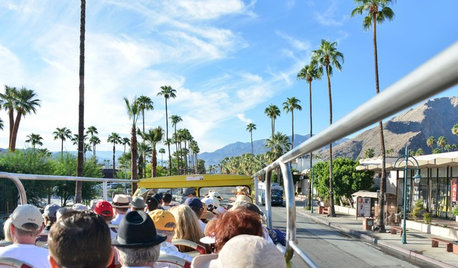
EVENTS2016 Palm Springs Modernism Week Tickets Go on Sale
November 1 is the first day to buy tickets to the February festival celebrating 20th-century architecture and design
Full Story
LANDSCAPE DESIGNCelebrate a Sunny Climate With the Right Leafy Palm for Your Site
So you get freezes or floods. So your garden is small. These palms send excuses riding off into the tropical sunset
Full Story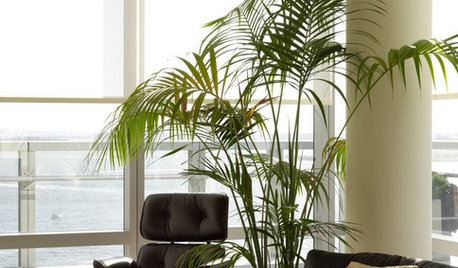
DECORATING GUIDESPalm Trees Take Interiors on a Tropical Vacation
Conjure a sultry vibe or bring welcome life to modern rooms. Whatever your interior design style, palm trees are the ticket to enhancing it
Full Story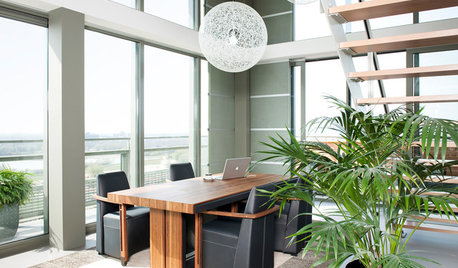
HOUSEPLANTSMeet a Palm That's Fine With Fluorescent Light
Get the look of the tropics without the full-on sun and high humidity — parlor palm tolerates regular indoor conditions with aplomb
Full Story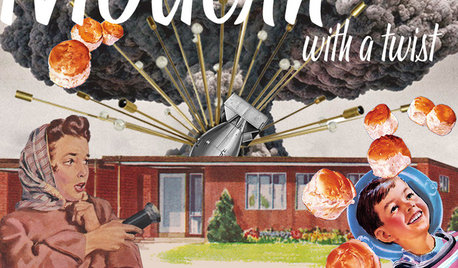
EVENTSWhat to See and Do During Modernism Week in Palm Springs
Get your midcentury modern fix with a side of Palm Springs sunshine. This guide will steer you to the noteworthy events
Full Story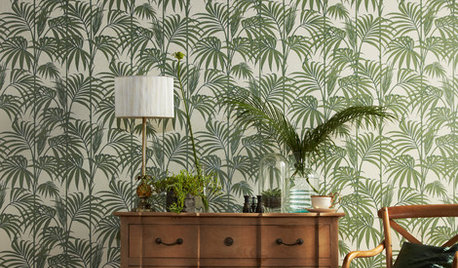
TROPICAL STYLE11 Ways With Tropical Wallpaper
Palm fronds, banana leaves and other tropical botanical patterns can add a lush, exotic atmosphere to any room
Full Story
HOUZZ TOURSMy Houzz: Bohemian Elegance in a Small Space
Flea market finds and custom pieces bring character to a cozy 800-square-foot Los Angeles home
Full Story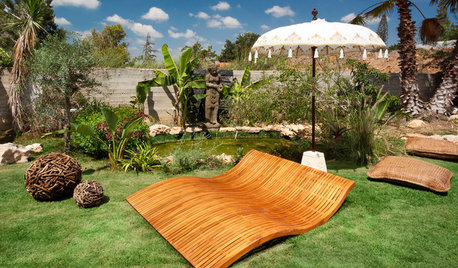
GARDENING AND LANDSCAPING8 Dreamy Ways With Outdoor Chaises
Dipped into pools or draped onto decks, these luxurious loungers are like vacation destinations right at home
Full Story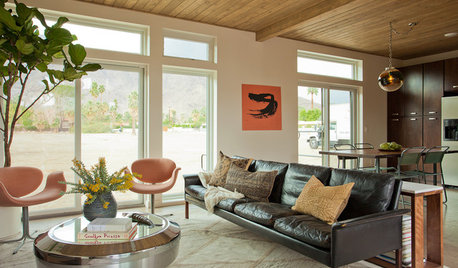
SHOP HOUZZShop Houzz: Sun-Baked Midcentury Living
Enjoy the relaxing feel of a desert sunset all day long
Full Story
FARM YOUR YARD6 Things to Know Before You Start Growing Your Own Food
It takes time and practice, but growing edibles in the suburbs or city is possible with smart prep and patience
Full Story







homernoy
Embothrium
Related Professionals
West Milford Landscape Architects & Landscape Designers · Ashburn Landscape Architects & Landscape Designers · Clark Landscape Architects & Landscape Designers · Leawood Landscape Architects & Landscape Designers · Signal Hill Landscape Architects & Landscape Designers · Sahuarita Landscape Architects & Landscape Designers · Springfield Landscape Contractors · Homewood Landscape Contractors · Morrisville Landscape Contractors · Pompton Lakes Landscape Contractors · Albany Fence Contractors · Folsom Fence Contractors · Millbrae Fence Contractors · Short Pump Fence Contractors · Windsor Fence Contractorsmuddydogs
winsorwOriginal Author
homernoy
Embothrium
sales_mulepalm_com